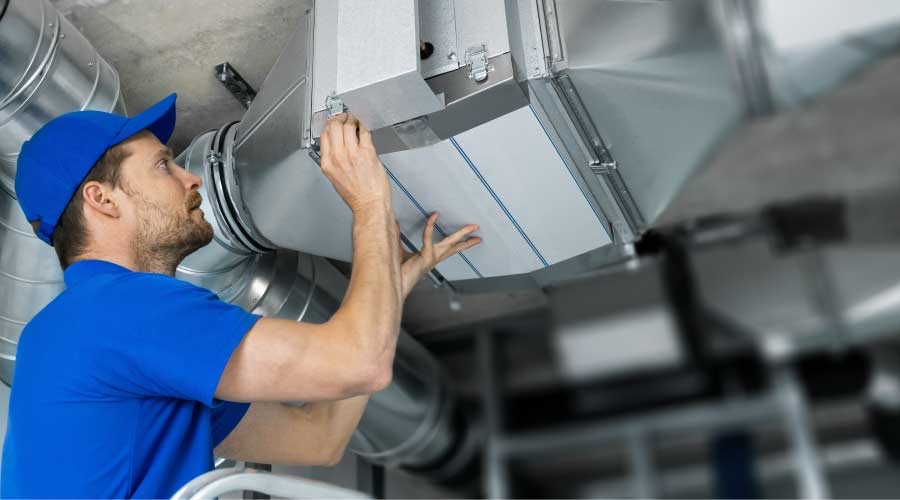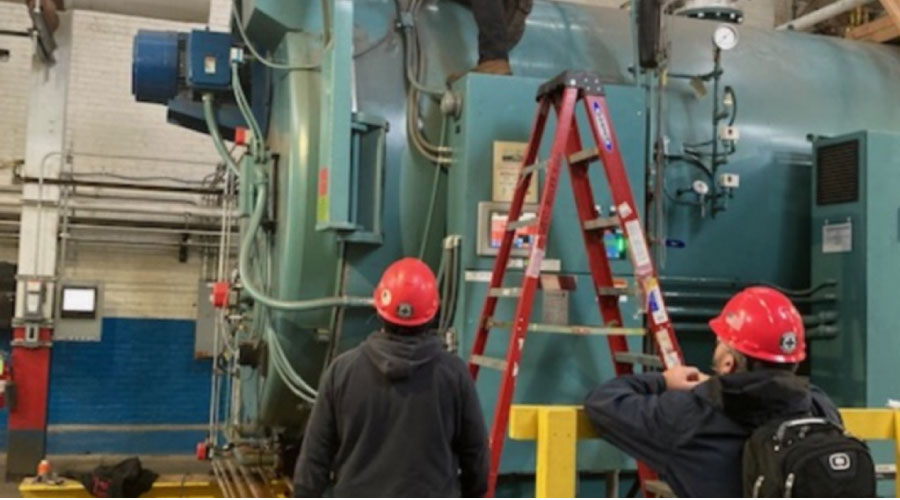Variable-Frequency Drives Reduce Maintenance, Extend Motor Life
While managers most often cite energy management as the reason for installing a VFD, the technology offers other significant benefits, including reduced motor and drive maintenance and longer motor life. When a motor connected to a load starts, the current it draws typically is much greater than the current it draws at full load. During repeated start-stop cycles over the motor’s operating life, this in-rush current causes heating and stress in the motor’s windings, and it can damage them and lead to motor failure.
VFDs control motor start-up by initially applying a very low frequency and voltage to the motor. The voltage and frequency ramp up at a controlled rate, greatly reducing the in-rush current, as well as heat and stress on motor windings, thereby extending motor life.
Finally, VFDs reduce maintenance costs. Heat is a natural enemy of electrical components, and high in-rush currents cause heating and stress in motor starters, cables, contacts, and connectors, which can lead to pitting, corrosion, and insulation breakdown. VFDs limit the in-rush current by using soft-start technology, preventing stress on these components and keeping motors operating longer.
James Piper, P.E., is a national consultant based in Bowie, Md. He has more the 25 years of experience in facilities management and maintenance issues.
Related Topics:














